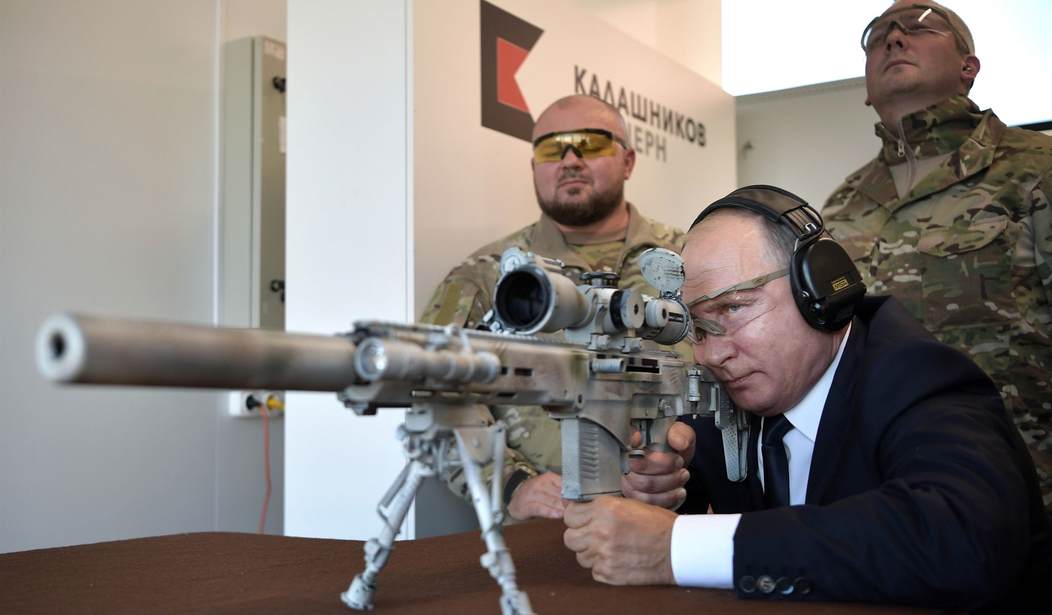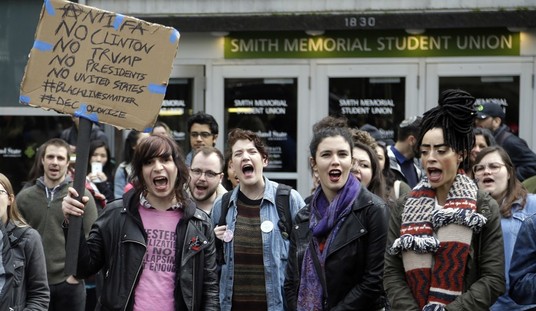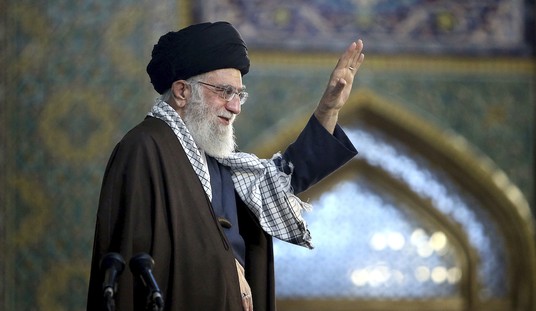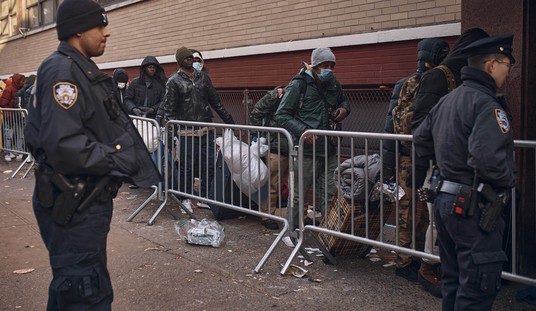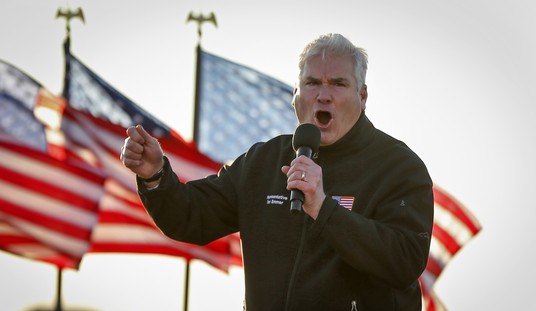Back before the current round of diplomatic talks between the United States and Russia even began, I noted that most foreign policy analysts felt that the prospects of success were dim at best. More than a week into the process, things don’t seem to have changed much. We probably should have been able to guess the tone of the talks when, right in the middle of the negotiations, rumors began spreading about the Russians planning a false flag operation to use as an excuse to invade Ukraine. Now the Associated Press is joining the parade of gloom and doom, describing how both sides are as far apart as they were on day one and the talks may be “heading for disaster.”
The failure of last week’s high-stakes diplomatic meetings to resolve escalating tensions over Ukraine has put Russia, the United States and its European allies in uncharted post-Cold War territory, posing significant challenges for the main players to avoid an outright and potentially disastrous confrontation.
Unlike previous disagreements that have arisen since the collapse of the Soviet Union, the current Ukraine crisis and seemingly insurmountable differences between Washington and Moscow carry real risks of debilitating economic warfare and military conflict that are exacerbated by the dangers of miscalculation and overreaction.
For the U.S. and its NATO and other European allies, nothing less than a vast pullback of the roughly 100,000 Russian troops now deployed near the Ukrainian border will prove that Russian President Vladimir Putin has any intention of negotiating in good faith. For the Russians, the West’s absolute refusal to consider a ban on NATO expansion and the withdrawal of troops from Eastern Europe is proof of its perfidy.
The major problem here seems to remain the same one that I pointed out before the talks began. This is a situation where there really isn’t any middle ground in terms of the demands being made by both sides. Vladimir Putin either is or isn’t going to invade Ukraine. We’re not going to get an agreement where says he’ll only send half of his troops in or that he’ll only go a certain number of miles over the border, but no further.
On the other side of the coin, NATO expansion to the east will either happen or it won’t. Finland and Ukraine can’t really be “acting members” of the organization, or at least no more so than they already are as recognized trading partners. The same goes for the rest of the former Soviet satellite nations that are not yet members. Somebody is going to lose in this faceoff and that eventuality probably isn’t all that far away.
The question remains one of how far both sides are willing to go, assuming someone pulls the trigger first. Since Joe Biden’s threatened economic sanctions are all contingent upon Putin invading Ukraine, he’s unlikely to impose them first. That means that Vladimir Putin has to decide whether or not he fears any reprisals from the west over his potential invasion plans. Thus far it doesn’t sound like it. CNN had a Russian spokesperson on the air for an interview this morning and he basically shrugged and said “Russia has grown used to living with American sanctions.”
Since Russia is part of the 21st-century Axis of Evil, Putin has friends who will help him work around US and NATO sanctions, just as Russia and China help Iran evade our sanctions. There will be some economic pain to be sure, but probably not as much as we would like to think.
The real question, assuming Putin goes ahead and invades, has less to do with potential sanctions and more to do with whether or not anyone is going to shoot back. (Aside from the Ukrainian forces themselves, of course.) NATO has troops – including some of ours – in the region. If the Russians move in and start firing, would those NATO forces actually consider engaging the Russian troops directly? If so, this could turn very ugly very quickly and spread beyond the borders of Ukraine.
Our talks with the Russian diplomats have clearly been unproductive and we’re as close to the brink as we were at the start. Normally, I would point out that it’s the job of the White House to find a solution to problems such as this, but as I already pointed out, there really doesn’t appear to be a middle ground here. It’s still possible that Ukraine itself can end the stalemate by proposing a deal that Putin might accept, as they suggested last week. But we’ve yet to hear of any breakthroughs in those separate talks taking place in France, either. So we’ll continue to hold our breath and wait to see if anyone blinks first.

